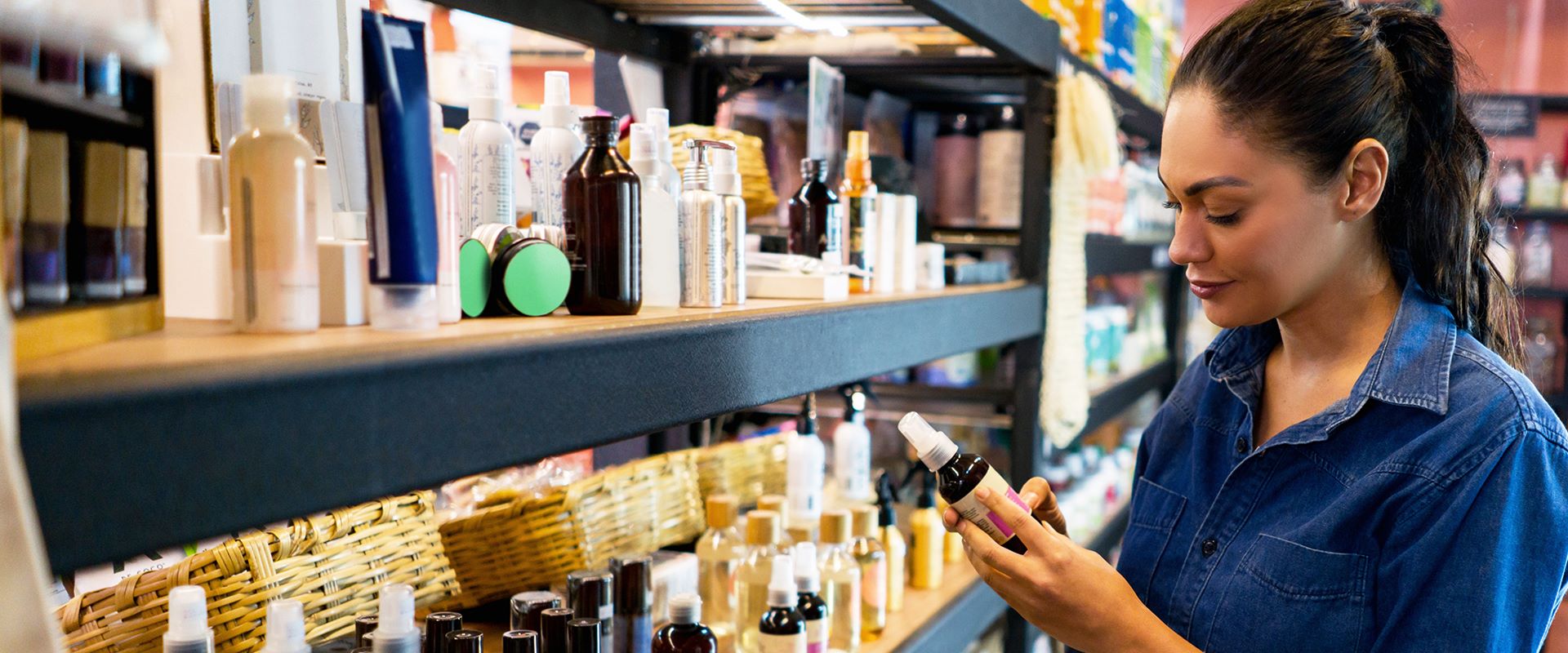Consumers aren’t just taking their cues from brands. Social media has served as an educator as millions turn to the Instagram and/or TikTok accounts of @shereeneIdriss, @dermguru and @doctorly for tips on druglike solutions for problem skin. These doctors-turned-influencers are winning brand partnerships as they share product reviews, skin care routines and related content via Instagram and/or TikTok.
An aging population. The population is getting older, and the trend is accelerating. By 2050, the world is expected to have more than twice as many people aged 65-plus than it does today. That means a growing demographic for advanced skin care solutions that prevent and slow wrinkles, sagging, hyperpigmentation and other signs of aging.
Pre-aging. Consumers in their 20s and 30s are increasingly focused on protecting and preserving their skin. This proactive approach to skin care reflects a desire to counteract the first signs of aging, such as fine lines, while also preventing future damage. As a result, young consumers are turning to products rich in collagen enhancers, vitamin C and other ingredients that promote skin vitality and resilience.
Skin care as healthcare. Consumers are leaning into the health benefits of an elevated skin care routine. This mindset embraces the notion that products can shield users from the effects of aging and the environment.
More brands investing in clinical trials. Proof of efficacy is part of an overall response to consumer demand for authenticity and transparency from brands. Savvy consumers understand the difference between perception (e.g., “100% of consumers said their skin looked radiant”) and clinical results (e.g., “95% reduction in hyperpigmentation in 12 weeks”). In one recent survey, 60% of consumers said it should be clear whether an advertised claim was one or the other. Against that backdrop, the number of large-scale clinical trials for dermatological products rose 390% between 2020 and 2024.
Opportunities for brands and investors
The distribution landscape for dermocosmetics includes medical professionals, which makes it more varied than that of other BPC products, such as hair care and makeup. Many dermocosmetic brands partner with doctors and aestheticians so that consumers can get expert recommendations and personalized solutions from a source they’re likely to trust (see Figure 5).













